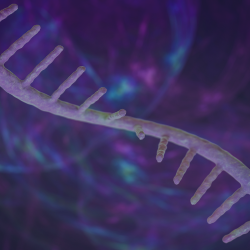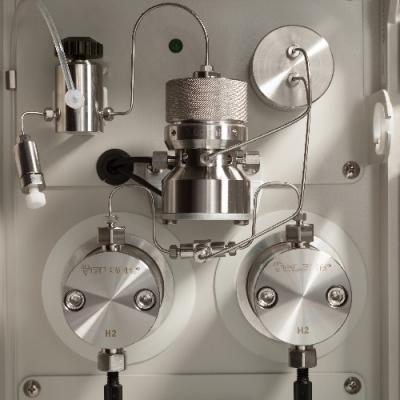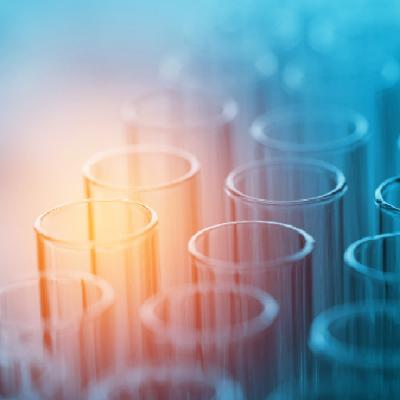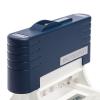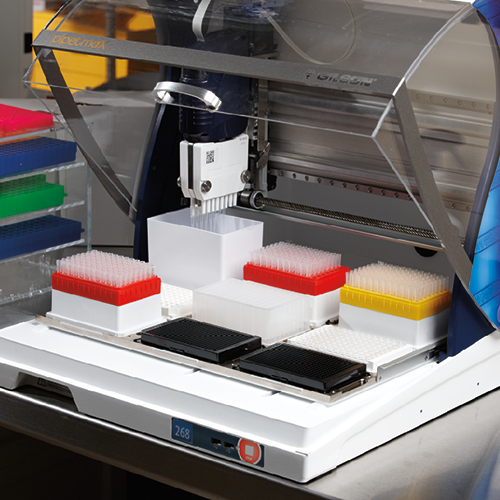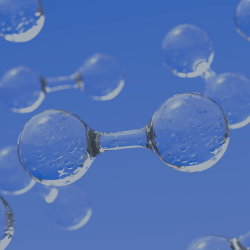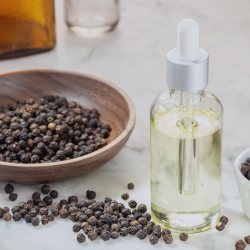Oligonucleotides (oligos) are core components of many molecular biology tools available today, including antisense gene therapy and primers for qPCR. Depending on the application, highly pure oligos are typically required, or experiments lack reproducibility — and for applications such as therapeutics, the consequences can be dire.
To ensure that oligos are at the desired level of purity for their application, you need to use effective purification techniques. High performance liquid chromatography (HPLC) is one of the most effective and versatile approaches available for oligo purification, offering high resolution and reproducibility. It is important to note, however, that each oligo is different, and so you need to choose the most appropriate HPLC purification method(s) for your specific oligonucleotide type and application to ensure the success of your experiments.
In this article, we cover five tips to help improve your HPLC purification workflow to help you achieve highly pure oligos every time.
What Impurities Are Formed During Oligo Synthesis?
To understand how to improve your purification workflow, it is vital to understand where impurities come from and what they are. The most common method to make oligos is solid-phase chemical synthesis, which includes deprotection, coupling, oxidation, and capping steps. Oligos are extended by one nucleic acid per cycle, and several impurities are formed during each cycle:
- • Failure sequences or shorter chains (“shortmers”): formed by bases failing to couple
- • Low-molecular-weight impurities: generated as by-products of cleavage and deprotection reactions
- • Unmodified oligos (if generating modified oligos): oligos of the same sequence length that have not been modified
Longer oligos must undergo numerous cycles to be synthesized, meaning that the number of potential impurities increases each time. As such, oligo purification can be challenging, and failing to remove impurities can affect analysis and the oligo product’s performance.
It’s possible to overcome these challenges by calculating the mass of the liquid and adjusting the volume setting accordingly on the air displacement pipette. However, taking this approach will add time to every assay. You could also experience other errors like cross-contamination, evaporation, or introducing the sample to different environmental variables that affect the accuracy.
Five Tips for Effective Oligo Purification
- Tip 1: Use Hydrophobicity and Charge Differences to Your Advantage
A crucial property that differs between full-length oligos and many reaction mixture impurities is hydrophobicity. As such, using ion-pairing reverse phase (IP-RP) HPLC with a water/organic solvent mixture mobile phase gradient can help effectively separate oligos from failure sequences and other impurities.
IP-RP offers high separation resolution and is particularly useful for separating modified and unmodified oligos. Additionally, purified fractions produced by IP-RP HPLC are direct mass spectrometry-compatible, further improving the efficiency of their analytical quality control.
Oligos and shorter chain impurities can also differ in charge — oligos contain a phosphate backbone so longer oligos will contain more negatively charged groups. Anion exchange chromatography (AEX) HPLC, which separates molecules based on their charge, is ideal for separating oligos from shortmers and other impurities. AEX HPLC is particularly powerful when used to purify unmodified oligos.
- Tip 2: Don’t Overlook Size Differences
After oligo synthesis, many of the impurities present in the crude mixture, such as salts, shortmers, and synthesis reagents, are smaller in size than the full-length oligonucleotide. This size difference can also be used to your advantage in purification.
Regardless of application, desalting (the removal of salts and small molecule impurities) is an essential step to improve the purity of your oligo product. Size exclusion chromatography (SEC) is a widely used and effective technique to desalt oligos after synthesis. During SEC, large molecules are not retained by the column and elute first. Smaller impurities must pass through the pores of the resin beads, increasing their retention time. The technique is simple and can improve your oligo purity.
- Tip 3: Combine Different Purification Techniques
The techniques discussed in tips 1 and 2 — AEX HPLC, IP-RP HPLC, and SEC — all bring their own benefits to oligo purification. Consequently, some combination of these techniques can solve stubborn purification workflow challenges that any single technique may not be able to address.
By combining approaches, you can reap the benefits of each technique. For example, SEC is particularly useful after IP-RP HPLC purification to remove the highly toxic ion pairing agent (TEEA) used during chromatography purification. As such, you can boost the efficiency of your purification, helping you reach the purity level required for your application.
- Tip 4: Optimize Your Purification Process
Choosing the right technique (or combination of) for your purification is only the first step — you’ll need to optimize the method, too. As mentioned earlier, the physical properties of oligos, such as their charge, chain length, and modifications, differ from impurities in the reaction mixture. To improve your purification workflow, consider tweaking your method to suit your particular oligo.
For example, during purification by AEX HPLC, it’s important to consider the temperature, pH, and salt buffer concentration gradient. Finding the right conditions for your specific oligo can help you more easily separate them from impurities, boosting the overall product yield.
- Tip 5: Track Multiple Wavelengths
Once you have an optimized purification technique in place, the final tip for success is to track your product and any impurities through the process. Oligos and reaction impurities have different wavelengths of maximum sensitivity, so to thoroughly monitor your purification, you should track multiple wavelengths with your UV detector.
Tracking multiple wavelengths improves both the reliability and the quality of your sample collection during purification. What’s more, it gives you the in-depth insights needed to help you drive any workflow changes as your priorities shift over time.
Select the Right Platform for Purification Success
For reliable and reproducible experiments using oligos, high purity is key. The five tips above are critical to improving your oligo purification workflow based on your specific oligo, but they can be tricky to implement. The right equipment can help you use these tips successfully, regardless of the oligo.
When selecting the most appropriate purification system to improve your oligo workflow, you must consider any future needs as well. For example, if scalability may become a priority for you later, select a system that can reliably scale your purification processes. By doing so, you can ensure oligo purification efficiency, reliability, and quality — even as your workflow changes.
Nucleic Acid Purification Solutions
Nucleic Acid Purification is a term that covers several techniques. Firstly, it can mean the extraction of DNA/RNA from many different primary sources, including blood, plasma, plant, or animal tissue. Nucleic acid purification can also be used to describe the clean-up of nucleic acid samples, for example, to remove nucleotides and other contaminants from post-PCR reactions. For PCR, all primer sequences are chemically synthesized. These synthetic oligonucleotides can be purified by HPLC. Learn more about this application in the link below.
LEARN MORE

















